Travel blog
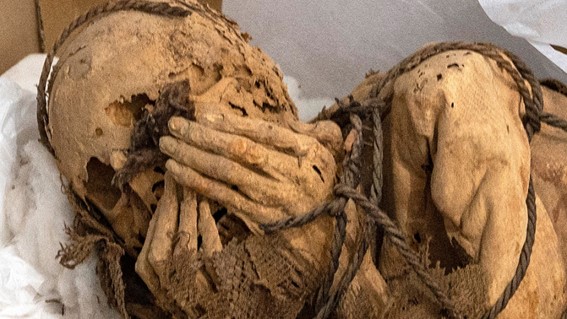
Pre-Inca mummy found in Peru
The body was discovered in the middle a square in Cajamarquilla. The body was bound with ropes and its hands covered its face.
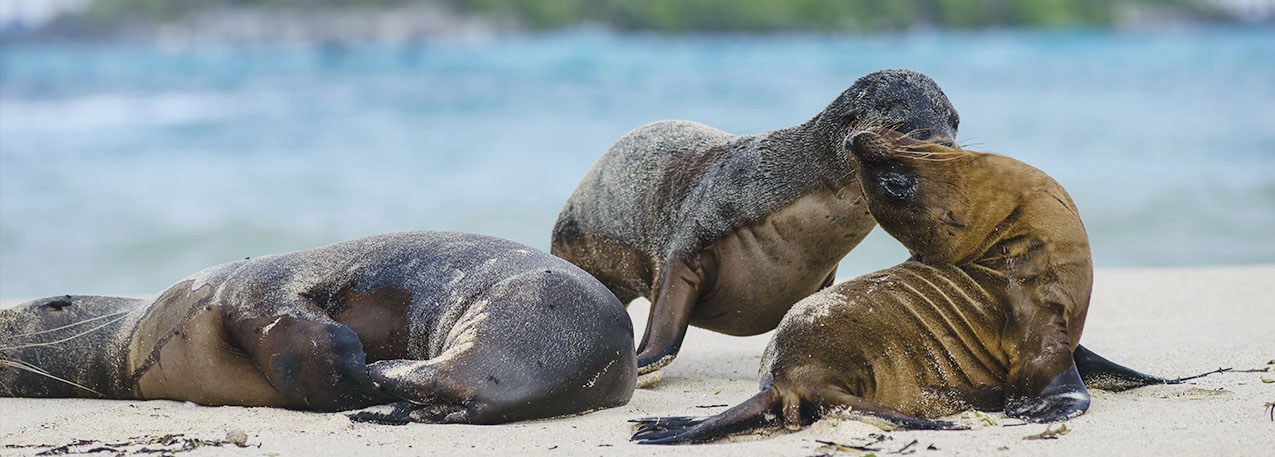
Galapagos Packing List – What to Pack for the Galapagos Islands
It is one of the most stressful things you can do before you travel. You run the risk that you forget something important. This guide will help you plan your next trip to Galapagos Islands.
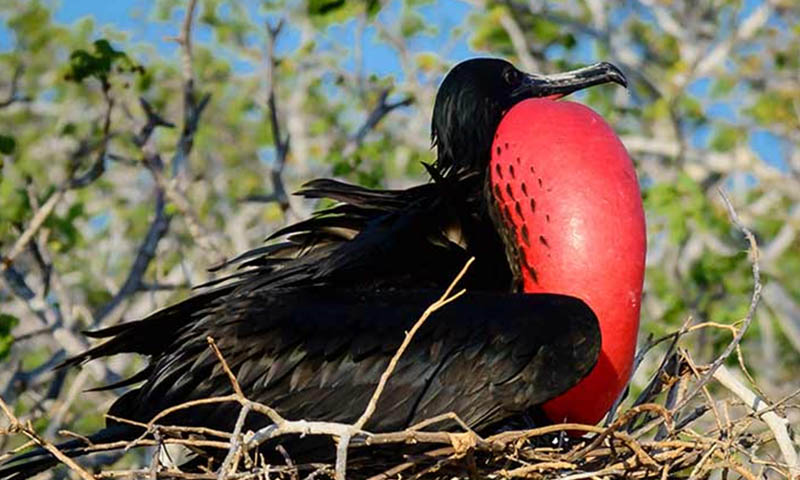
See the wonders of Genovesa Island aboard the Seaman Journey
Genovesa has not been subject to any historical eruptions. However, the volcano’s flanks are home to lava flows that are quite young. This island is located in northeastern portion of the archipelago.
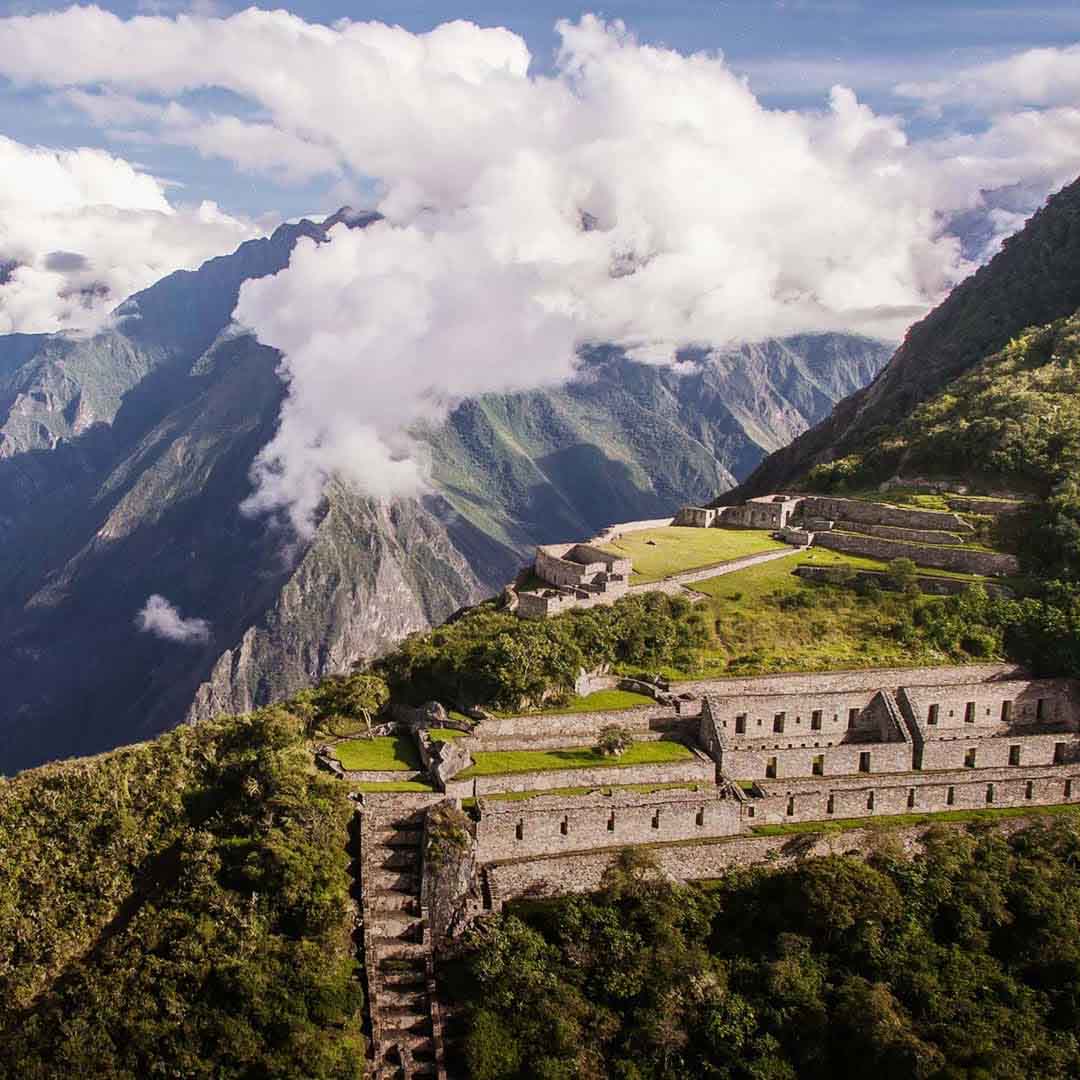
Top 10 Inca Ruins
Between 1438 and 1533, the Inca Empire thrived. It was the largest pre-Columbian empire and covered a vast area of South America. The Inca Empire’s remnants can still be found in Ecuador, Peru, Bolivia as well as Chile, Colombia, and Argentina. The Incas’ progressive mentality enabled them to prosper greatly during their expansion.

Ecuador expands protected area around Galapagos Islands
Ecuador President Guillermo Lasso declared that Ecuador will increase the area of protection for the Galapagos Marine Reserve to 60,000 km. This announcement was made at the United Nations climate summit in Glasgow, Scotland.
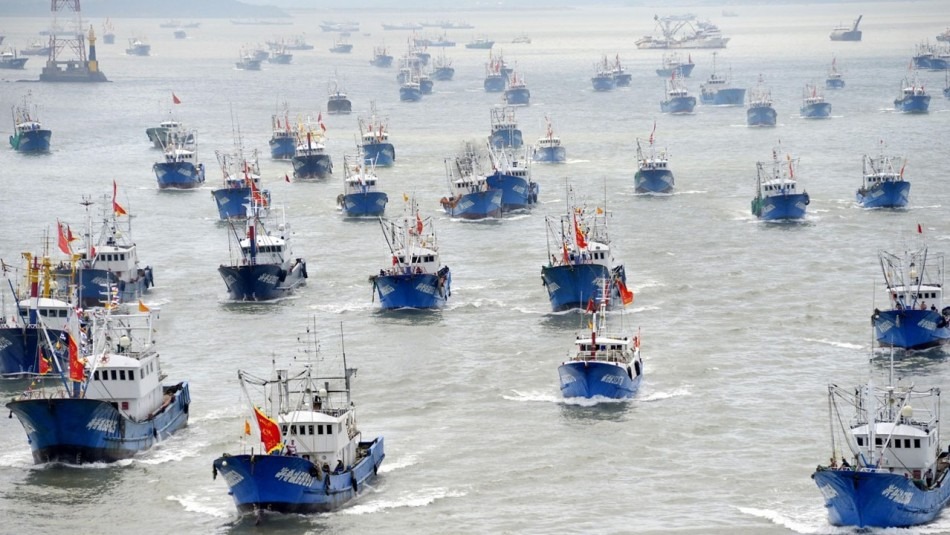
Galapagos is home to hundreds of fishing boats from China that hunt for prey
Chinese fishing boats search for squid in Galapagos Islands. The Galapagos Islands were the key to Charles Darwin’s theory of evolution. These islands are located hundreds of miles away from the Pacific mainland and are listed as a World Heritage Site.
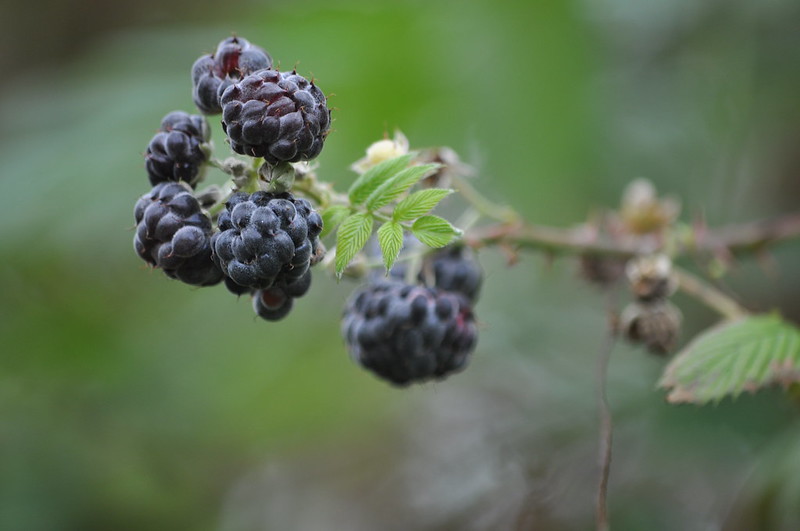
Galapagos Islands: Invasive blackberry is almost ubiquitous
Galapagos Islands (Ecuador), EFE. – Although no one knows how or when the blackberry arrived on the Galapagos Islands it has spread widely and poses a threat the flora as well as fauna, and seems to be here to stay.

Galapagos Science Center continues to be a leading center for animal health research
Carolina’s Galapagos Science Center (GSC), recently opened its doors to a small number of students and researchers returning to its state-of the-art facility on San Cristobal in Galapagos. Greg Lewbart was the first to arrive. He is an adjunct professor at UNC Gillings School of Global Public Health and a professor of aqua animal medicine at North Carolina State University.
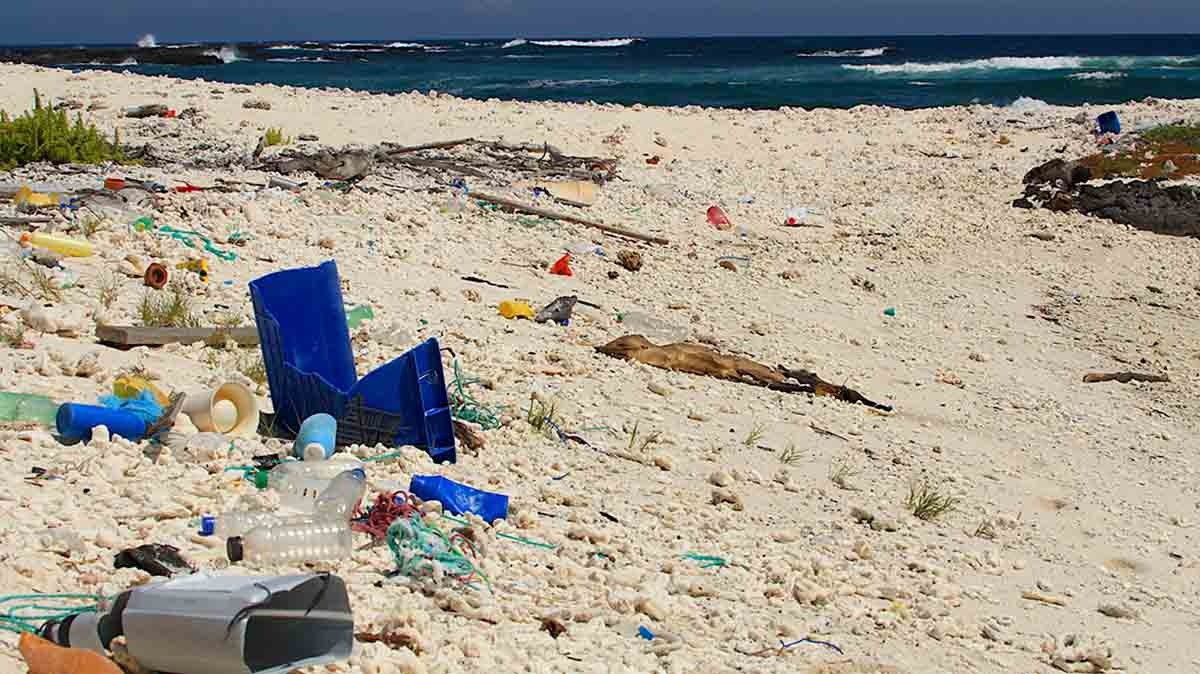
Plastic on Galapagos beaches predicted by floating sensors
Stefanie Yapma and Erik van Sebille, physicists, are creating an app to tell park rangers in the Galapagos Islands about where they can pick up plastic each day as part of their Galapagos Plass Free project. To create a model for the complex ocean currents around the archipelago, the researchers used drifters (or “floating sensors”).